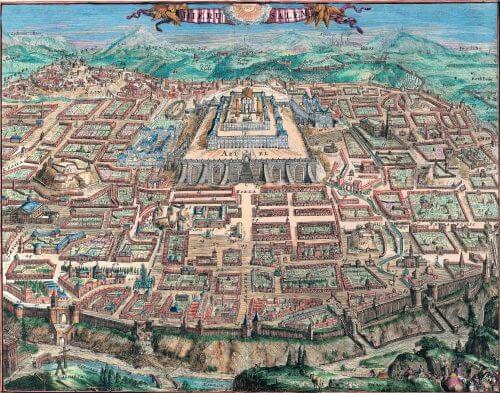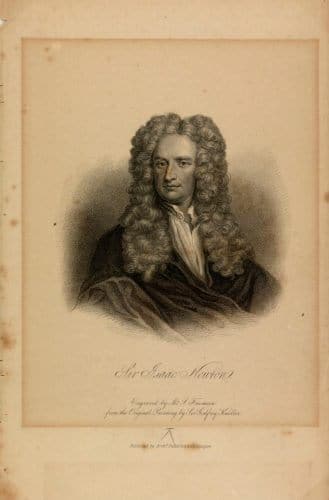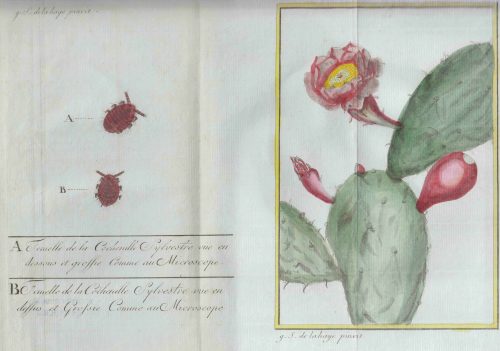Google Arts & Culture today launches the Once Upon a Try, the largest ever digital exhibition in history, dedicated to inventions and discoveries. Collections, stories and knowledge have been brought together from over 110 prestigious institutions, from 23 countries, in order to illuminate thousands of years of huge breakthroughs and reveal the great minds behind them. The National Library is the only Israeli institution participating in this unique project

Google Arts & Culture today launches the Once Upon a Try, the largest ever digital exhibition in history, dedicated to inventions and discoveries. Collections, stories and knowledge have been brought together from over 110 prestigious institutions, from 23 countries, in order to illuminate thousands of years of huge breakthroughs and reveal the great minds behind them. The National Library is the only Israeli institution participating in this unique project.
As part of the project, more than 400 interactive exhibitions will go up simultaneously, dedicated to humanity's greatest achievements in the development of science and technology and to the great and visionary inventors who actually shaped the cultural life, science and technology in the world.
Through the "Once Upon a Try" initiative, you can tour the sites where the greatest discoveries in history took place: go deep into the earth and visitCERN's large particle accelerator, to rise high into the sky and discover the The International Space Station. Take a closer look at over 200,000 items documented in high quality, including The first known map of the Americas From 1508 andAlbert Einstein's letters accessible online for the first time.
The National Library of Israel grants this project the "The race to red” – a unique exhibition that allows you to discover the development of the paint industry throughout history and its influence on it. Based on materials from a collection Sydney Edelstein, the race to reinvent the color red is presented in a story that spans different periods and cultures, with a small and innocent insect at its center. In addition to this exhibition, the National Library has uploaded two other interactive stories based on its collection: The theological writings of Isaac Newton וAncient maps of the Holy Land and Jerusalem.
As part of the project, you can join Tilda Swinton and CERN's particle scientists and experience the birth of evolution and the universe within augmented reality - this is a recent and groundbreaking use of this technology. And for space enthusiasts, you can browse 127,000 images from the NASA archive now accessible through a new tool from Google, which allows you to tell stories with the help of machine learning.
Director of the National Library Oren Weinberg He said about the project that making historical treasures accessible to the general public through the most innovative digital means are an integral part of the national library's renewal process. "The library is proud and happy to be a part of this important project, which brings the story of the development of humanity as a whole and reveals its treasures to wide audiences in Israel and the world," according to Weinberg.


links
Link to the project Google Arts & Culture (g.co/onceuponatry)
The National Library's project page
using the app oniOS או Android,
Hashtag #onceuponatry.
